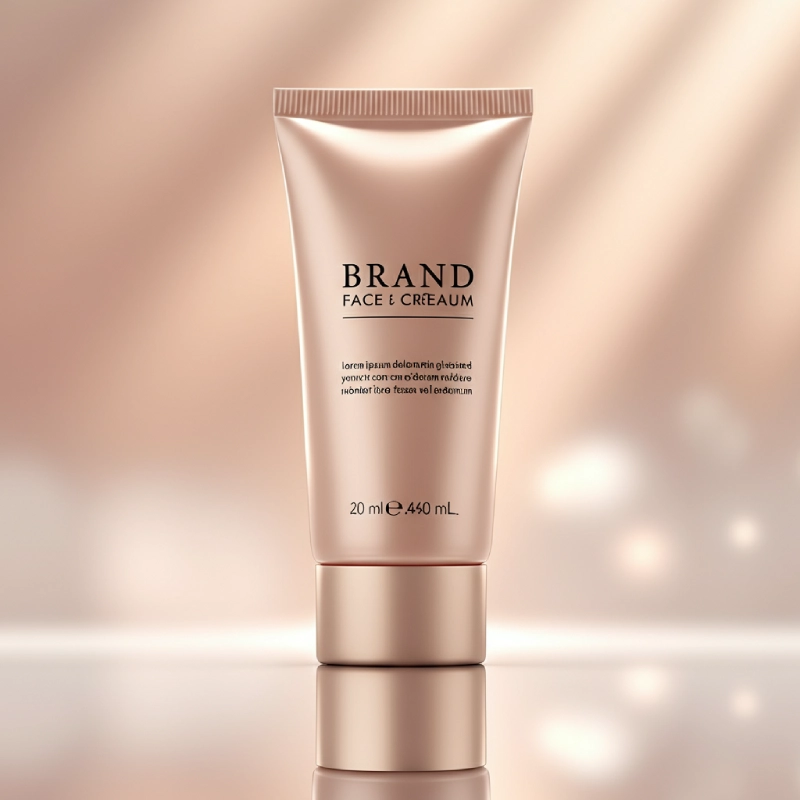First impressions matter enormously in the beauty industry. When customers browse skincare aisles or scroll through online beauty stores, your cosmetic product labels serve as silent salespeople—they need to capture attention, communicate value, and inspire purchase decisions within seconds.
Whether you’re launching a new skincare line or exploring private label cosmetics, understanding the fundamentals of effective label design can transform your products from shelf-sitters into bestsellers. This guide will walk you through the essential elements that make cosmetic labels both compliant and commercially successful.
Understanding Your Label Requirements
Before diving into creative elements, you must understand the regulatory landscape. Cosmetic labels aren’t just marketing tools—they’re legal documents that must comply with strict guidelines.
Your beauty product labels must include the product name, ingredients list (in descending order of concentration), net contents, manufacturer information, and any necessary warnings. The International Nomenclature of Cosmetic Ingredients (INCI) system governs how you list ingredients, ensuring consistency across global markets.
For private label cosmetics, work closely with your manufacturer to ensure all regulatory requirements are met. Different product categories—from moisturisers to makeup—may have specific labelling obligations that affect your design choices.
Essential Design Elements That Drive Sales
Typography Choices
Your font selection speaks volumes about your brand positioning. Serif fonts often convey tradition and luxury, whilst sans-serif options suggest modernity and accessibility. For cosmetic labels, readability is paramount—customers need to quickly understand what your product offers.
Establish a clear hierarchy with your typography. The product name should dominate, followed by key benefits or active ingredients. Keep regulatory text legible but secondary to your marketing messages.
Colour Psychology in Beauty
Colours trigger emotional responses that influence purchasing decisions. Deep blues and purples suggest luxury and sophistication, making them popular for anti-ageing products. Fresh greens indicate natural or organic formulations, whilst bold reds and pinks often signal energy and youth.
Consider your target demographic carefully. Millennial consumers often gravitate towards minimalist colour palettes, whilst Gen Z shoppers may prefer more vibrant, Instagram-worthy designs.
Strategic Information Placement
Prime real estate on your skincare labels should highlight your unique selling proposition. Whether it’s “24-hour hydration” or “clinically proven results,” place your key benefit prominently on the front panel.
Secondary information—ingredients, directions, and warnings—belongs on side or back panels. This approach ensures compliance whilst maintaining an attractive front face for retail display.
Materials and Finishes That Matter
The physical properties of your cosmetic labels significantly impact perceived quality and durability. Waterproof materials are essential for products used in humid environments like bathrooms. Consider synthetic materials or laminated papers that resist moisture and maintain their appearance over time.
Premium finishes can elevate your brand positioning. Matte finishes suggest understated luxury, whilst glossy options provide vibrant colour reproduction. Metallic accents or foil stamping can justify higher price points, particularly for prestige beauty products.
When selecting materials, consider your product’s lifecycle. Will customers store it in a bathroom cabinet or display it on a vanity? Understanding usage patterns helps inform material choices that maintain label integrity throughout the product’s life.
Technical Considerations for Success
Size and Shape Strategy
Your container dictates many design decisions, but thoughtful planning can maximise impact. Wrap-around labels offer more design space but increase costs. Panel labels are economical but require strategic content prioritisation.
For cylindrical containers, consider how customers will hold and view your product. The “facing panel” should contain your most compelling marketing messages, whilst other panels accommodate regulatory requirements.
Print Quality Specifications
High-resolution imagery and crisp text require appropriate print specifications. Work with suppliers who understand cosmetic industry standards—colour accuracy is crucial when customers expect products to match their expectations set by your packaging.
Many brands opt for Avery Labels or similar professional-grade solutions that offer consistent quality and reliable adhesion. These systems often provide design templates that ensure proper margins and bleeds, reducing production errors.
Making Your Labels Work Harder
Effective cosmetic labels do more than identify products—they educate customers and reinforce brand values. Consider including QR codes linking to tutorial videos or ingredient explanations. This approach satisfies curious consumers whilst keeping your physical label clean and uncluttered.
Social media integration can amplify your packaging investment. Design elements that photograph well under various lighting conditions help customers become brand ambassadors through their posts and reviews.
Your Next Steps in Label Excellence
Successful cosmetic labels balance regulatory compliance with compelling marketing messages. Start by auditing your current labels against the principles outlined here—are your key benefits prominently displayed? Do your material choices align with your brand positioning?
Consider partnering with label specialists who understand beauty industry requirements. Professional guidance can prevent costly redesigns and ensure your investment in great design translates into increased sales.
Remember, your labels are often the first touchpoint between your brand and potential customers. Make every element count towards building trust, communicating value, and inspiring purchase decisions that drive your business forward.




